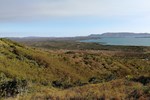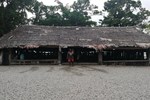Vanuatu and New Caledonia
Family Overview
The languages of Vanuatu and New Caledonia belong to different subgroups of the major Oceanic branch of the Austronesian family. After Niger-Congo, Austronesian is the second largest language family, in terms of the number of languages, with over 1200 languages. Austronesian languages are spoken from Taiwan in the north to New Zealand in the south, from Madagascar in the west to Easter Island in the east. Within that range it encompasses all the languages of Polynesia and Micronesia, island and coastal Melanesia, and the Philippines, as well as most of the languages of Malaysia and Indonesia, and several languages in Taiwan, Vietnam, Cambodia, Thailand and China.
The Oceanic branch of the family covers the eastern half of this domain. Polynesian and most Micronesian languages belong to this branch, as do the languages of Fiji, New Caledonia, Vanuatu and the Solomon Islands, and the Austronesian languages of coastal and island Papuan New Guinea.
Within Oceanic, several potential first-order subgroups have been identified. One, Central/Eastern Oceanic (CEOc), is a large putative linkage consisting of parts of the culturally defined groups of Melanesia, and all the culturally defined groups of Micronesia and Polynesia. The languages of Vanuatu and New Caledonia fall into two subgroups of CEOc – the languages of North/Central Vanuatu, and the languages of Southern Vanuatu and New Caledonia.
Both Vanuatu and New Caledonia have a wealth of languages. Vanuatu is often cited as the most linguistically dense country in the world, with over 130 languages across a current population of around 300,000 people. Furthermore, New Caledonia has over 30 languages.
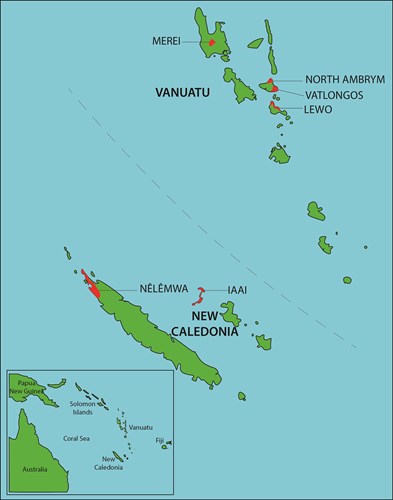
Vanuatu and New Caledonia marked with the languages from the Optimal Categorisation project.
From the project, Optimal Categorisation, the languages of North Ambrym, Vatlongos, Merei and Lewo belong to the North/Central Vanuatu subgroup, whereas Iaai and Nêlêmwa belong to the Southern Vanuatu and New Caledonia subgroup.

Pnaman village, Santo, Vanuatu, where Merei language is spoken (© M. Franjieh 2019)

Fishing in Ouvea Island, New Caledonia, where Iaai language is spoken (© M. Franjieh 2019)

Walking to church in South East Ambrym, Vanuatu, where Vatlongos language is spoken (© M. Franjieh 2019)
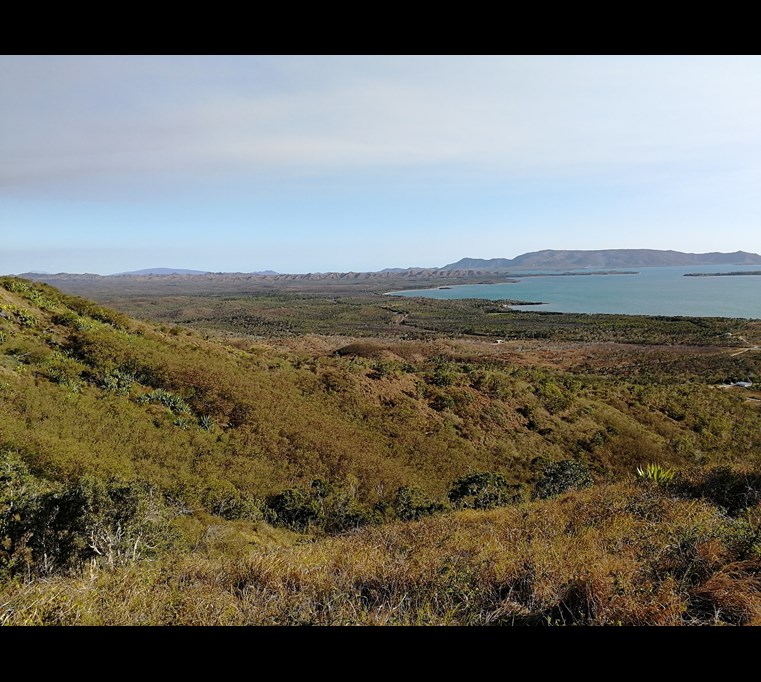
Northern New Caledonia, where Nêlêmwa language is spoken (© M. Franjieh 2019)
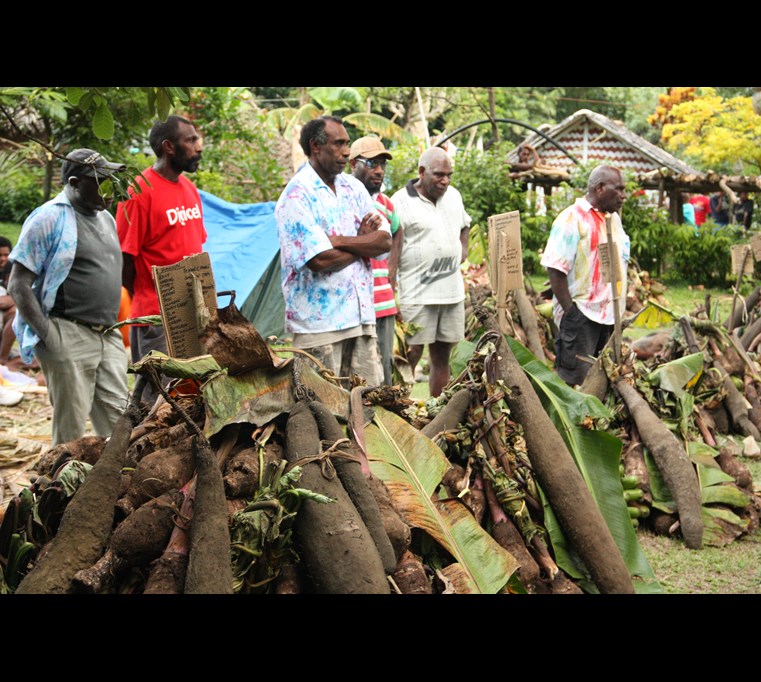
Exchanging yams at a wedding in northern Ambrym, where North Ambrym language is spoken (© M. Franjieh 2011)
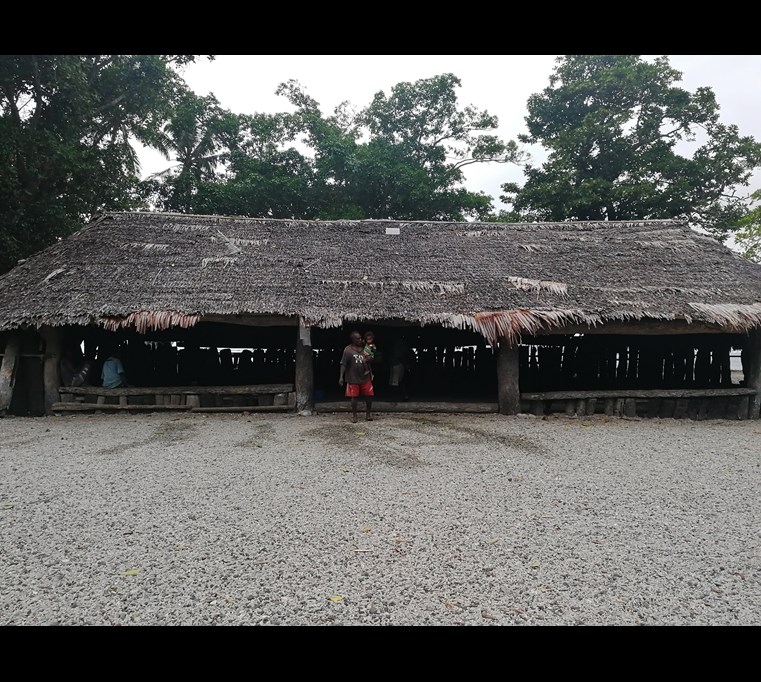
The nakamal or meeting house in Nikaura village, Epi Island, Vanuatu, where Lewo language is spoken (© M. Franjieh 2019)





